Recently, I had the privilege of becoming the touring photographer for the Helsinki vampires themselves, The 69 Eyes, on their “Gotta Rock” European Tour – roaming across various parts of Germany, Czech Republic, Switzerland, Austria, Italy, and Hungary. This tour kicked off in March 2023 to support their new album “Death of Darkness” and I was honored to accompany them to capture all the action first-hand!
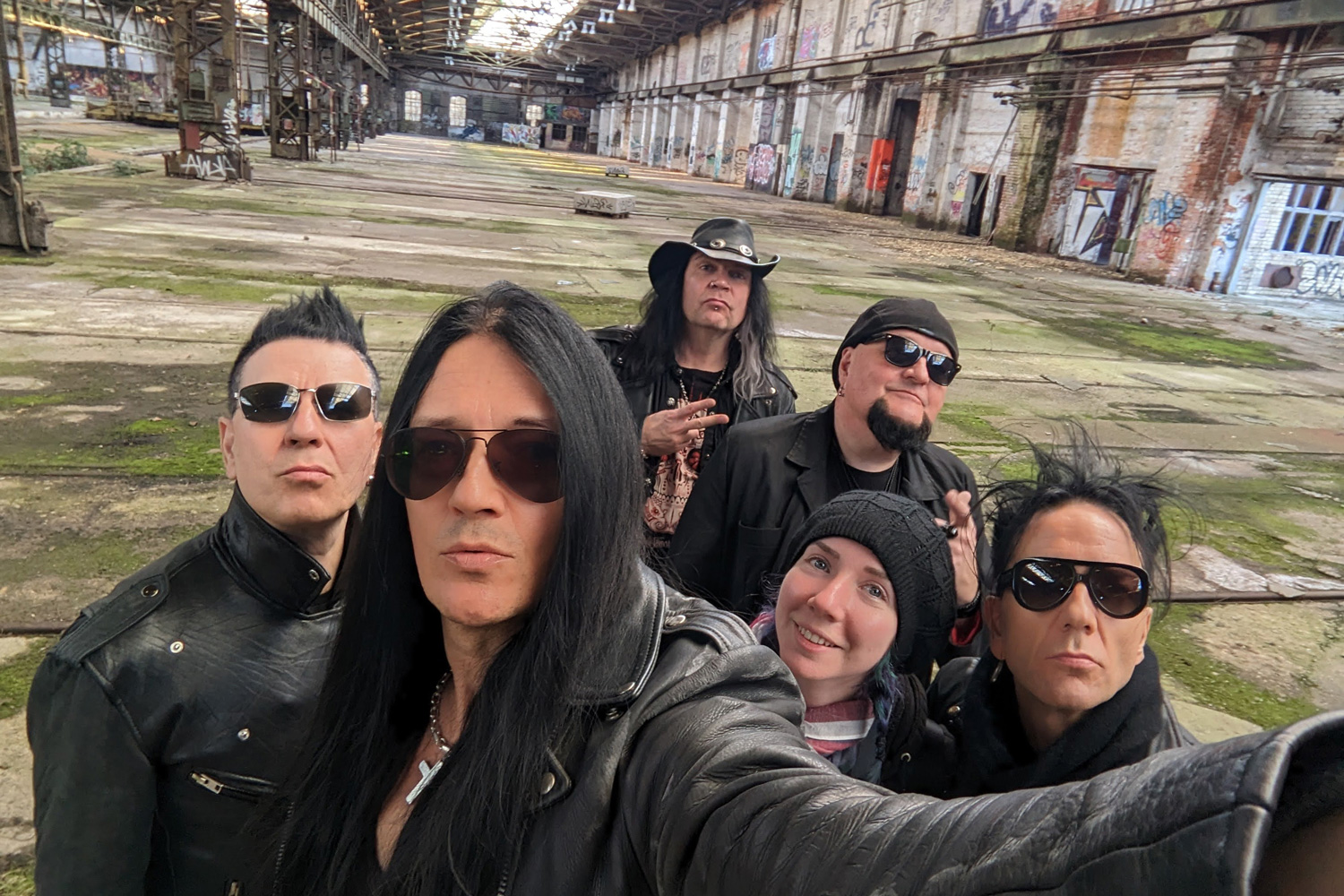
These Finnish goth rockers have enjoyed an over 33-year tenure in the music industry, building an enthusiastic fan base who appeared in droves throughout each venue we visited. My job was documenting each and every date. From the daily ventures in the city to the evening’s electrifying festivities, every moment was to be artistically captured on camera.
As a long-time music photographer, I have a few essential lenses that I never leave my home without – a 24mm lens, a 35mm lens, and an 85mm lens. In particular, the 24mm F2 DG DN | Contemporary, the 35mm F1.2 DG DN | Art, and the 85mm F1.4 DG DN | Art. This trio in my kit was the best assortment for music photography, as my role throughout the day ranged from capturing portraits of the artists, behind-the-scenes content for the fans, and the live performance itself.
However, while roaming through the streets of Europe, I had the privilege of bringing along a new companion: the SIGMA 50mm F1.4 DG DN | Art lens. 50mm is one of the most popular focal lengths of all time, used by a variety of photographers for an assortment of genres. Very close in view to the human eye with no apparent distortion on your subjects, this lens is easy to use and the result is always eye-catching.
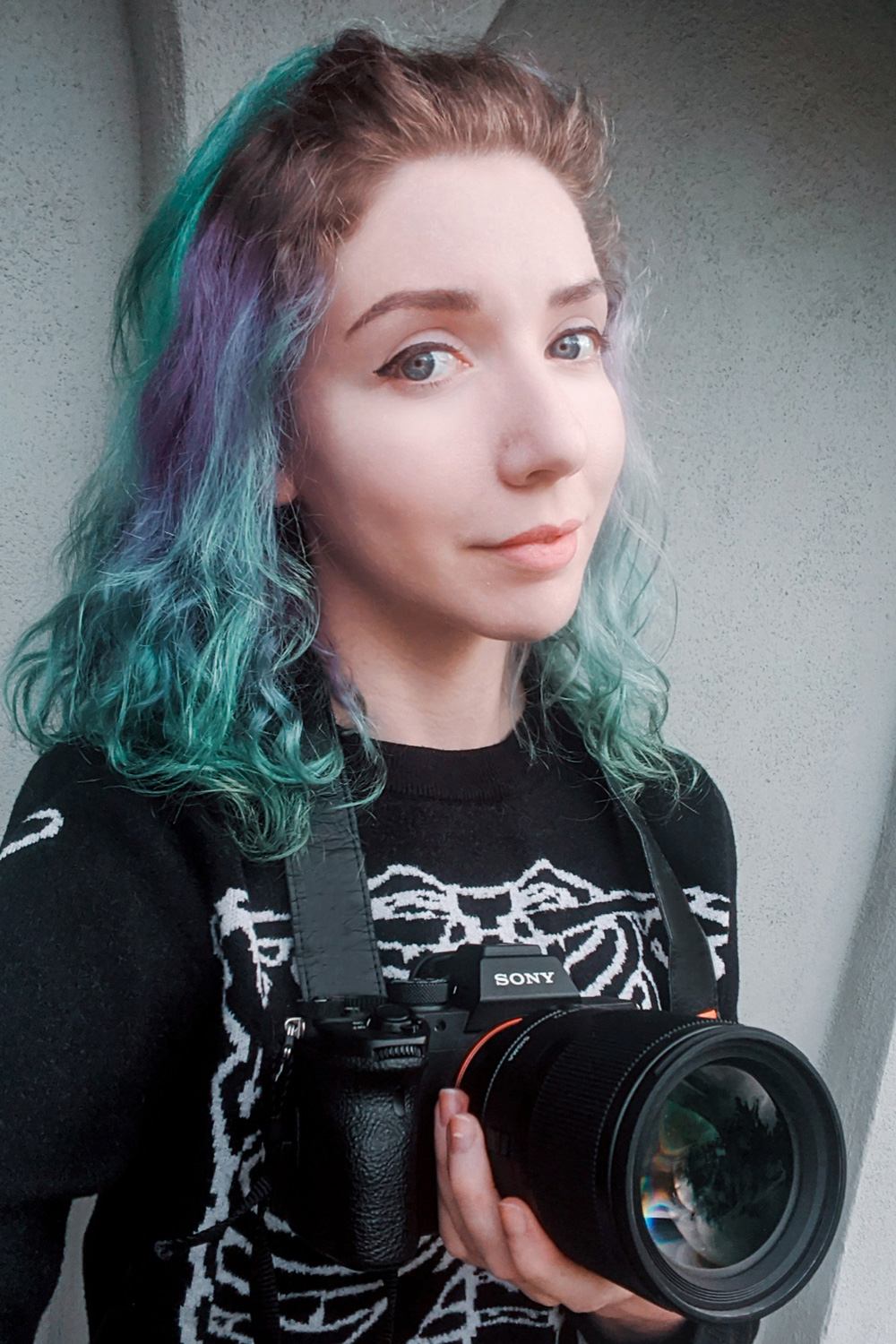
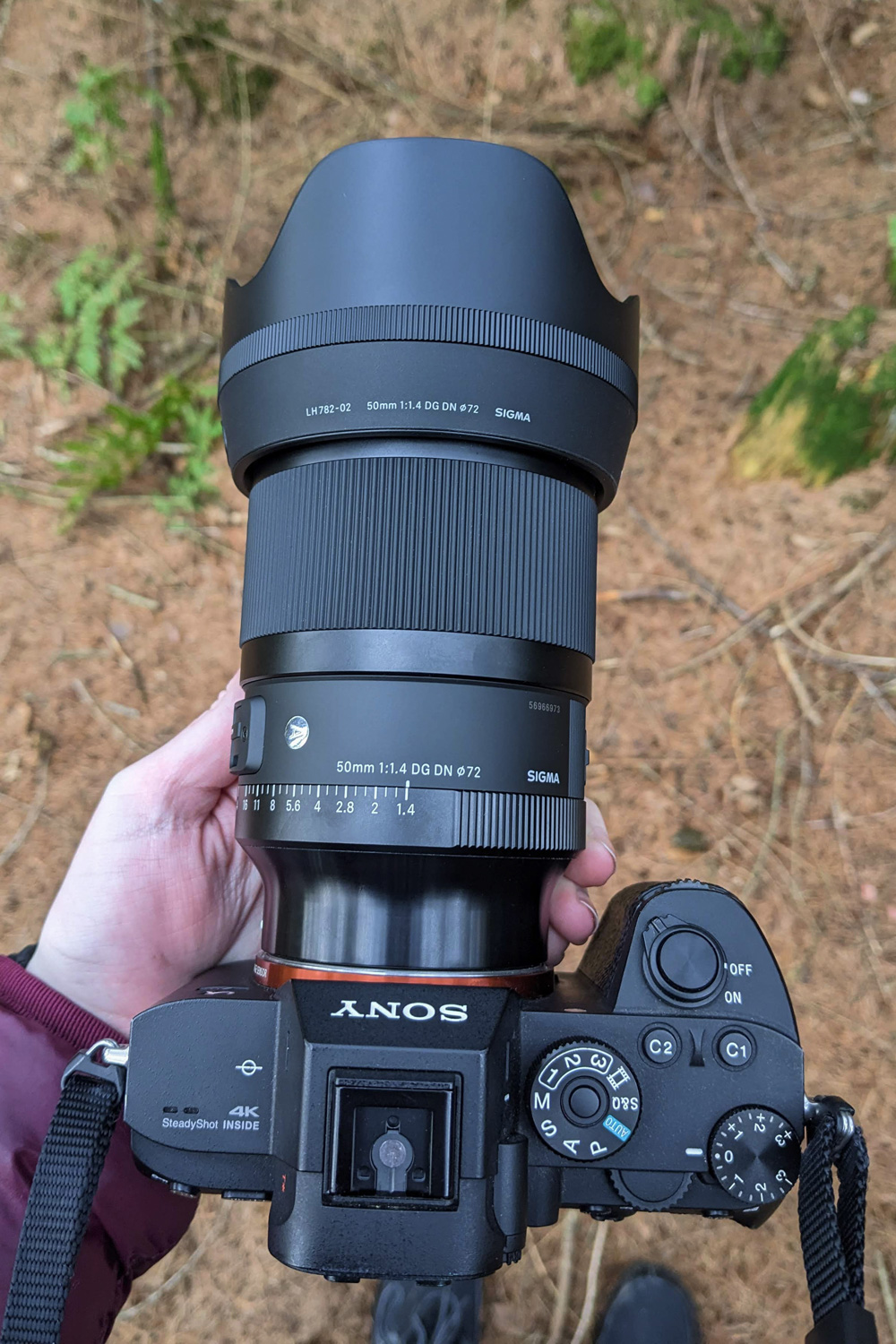
Wedging itself nicely within my current working kit, this lens provided a perfect versatile middle ground that found me reaching for the other lenses throughout the day much less than before. This was a big benefit when running around a venue or exploring historic streets, as the less I was carrying during that time, the easier it was to work.
Impressions of the 50mm F1.4 DG DN | Art
Having used a 50mm at various points of my career, there is (in fact) a way to improve upon a classic. Taking the SIGMA 50mm F1.4 DG DN | Art out on the road was the best way to prove this point!
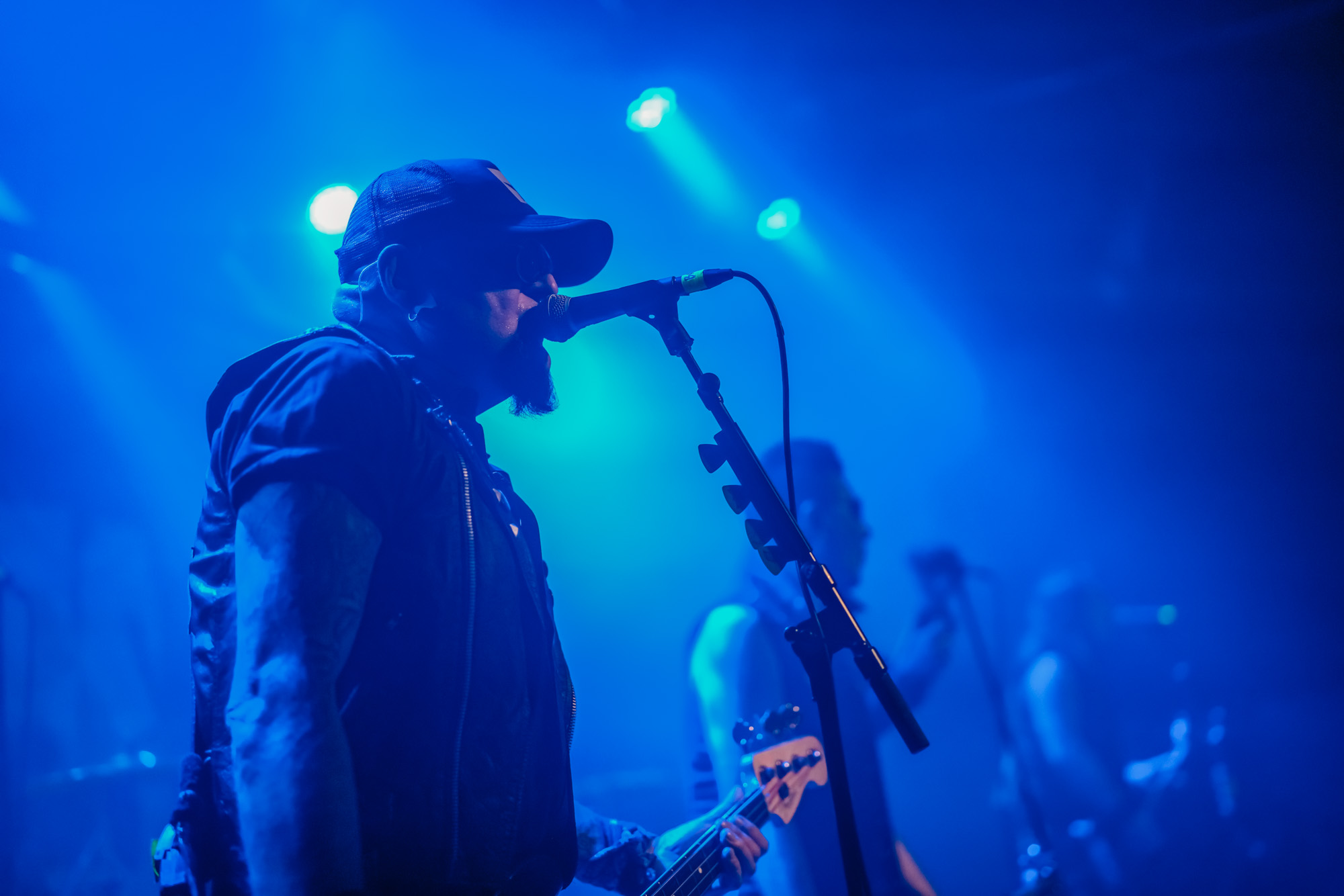


But before I get into this, I did want to mention exactly what I’m looking for when I choose lenses for these types of endeavors. While I agree than much of photography is in the hands of the person holding the camera, music photography is one of the few niches where your gear makes a pretty massive impact.
You’re working in tight quarters, capturing action with sporadic or minimal light, and have to be ready for spontaneous moments (such as a crowd surfer flying over your head). As such, I expect the following from my lens companions:
- Large (fast) aperture – F2.8 is the smallest I would go. Capturing action in low light scenarios definitely requires this.
- Fast autofocus and reliable communication with my camera body – in my case, Sony Alpha full-frame mirrorless cameras.
- Durable construction – There are so many conditions experienced during a concert or travel, such as bumps and dings from the audience all the way to debris flying from the stage.
- Portable and lightweight size – The smaller the footprint of the lens, the better it is for the situation at hand (although I make an exception for the hefty but amazing 35mm F1.2 DG DN | Art)
Keeping the above four points in mind, the SIGMA 50mm F1.4 DG DN | Art lens satisfied all of my conditions.
My journey began at the airport, where packing light for an international trip was essential. This 50mm lens weighs less than 1.5 pounds (660g) and is just 4.4 inches (112mm) long. As a result, this lens was so easy to pack in my personal item bag along with a couple of even smaller I Series lenses, and added a relatively small amount of weight.

After the hustle of international travel, my next challenge was being thrown into the fast-paced environment of a band tour!
The first day of a tour tends to be the wildest, as everyone is still getting accustomed to the dynamic. I like to say that everything is “theoretical” at this point, because we haven’t quite gotten used to the routine nor oiled the machine. As much as this tour was so meticulously run (feeling like the machine didn’t actually need oiling), there are still things to figure out along the way – especially on my end, as I sorted out what my daily routine would be.
As such, I had to adapt as swiftly as possible to whatever was thrown at me on my “first day of the job” and just get to it! This lens helped with that, thanks in part to an array of practical on-lens features.
For starters, the manual aperture ring is now something I would find hard to live without. When I would switch from capturing solo portraits of each band member to snapping a solid group shot, rotating the aperture ring made this a very swift process – much less clunky than using camera buttons.
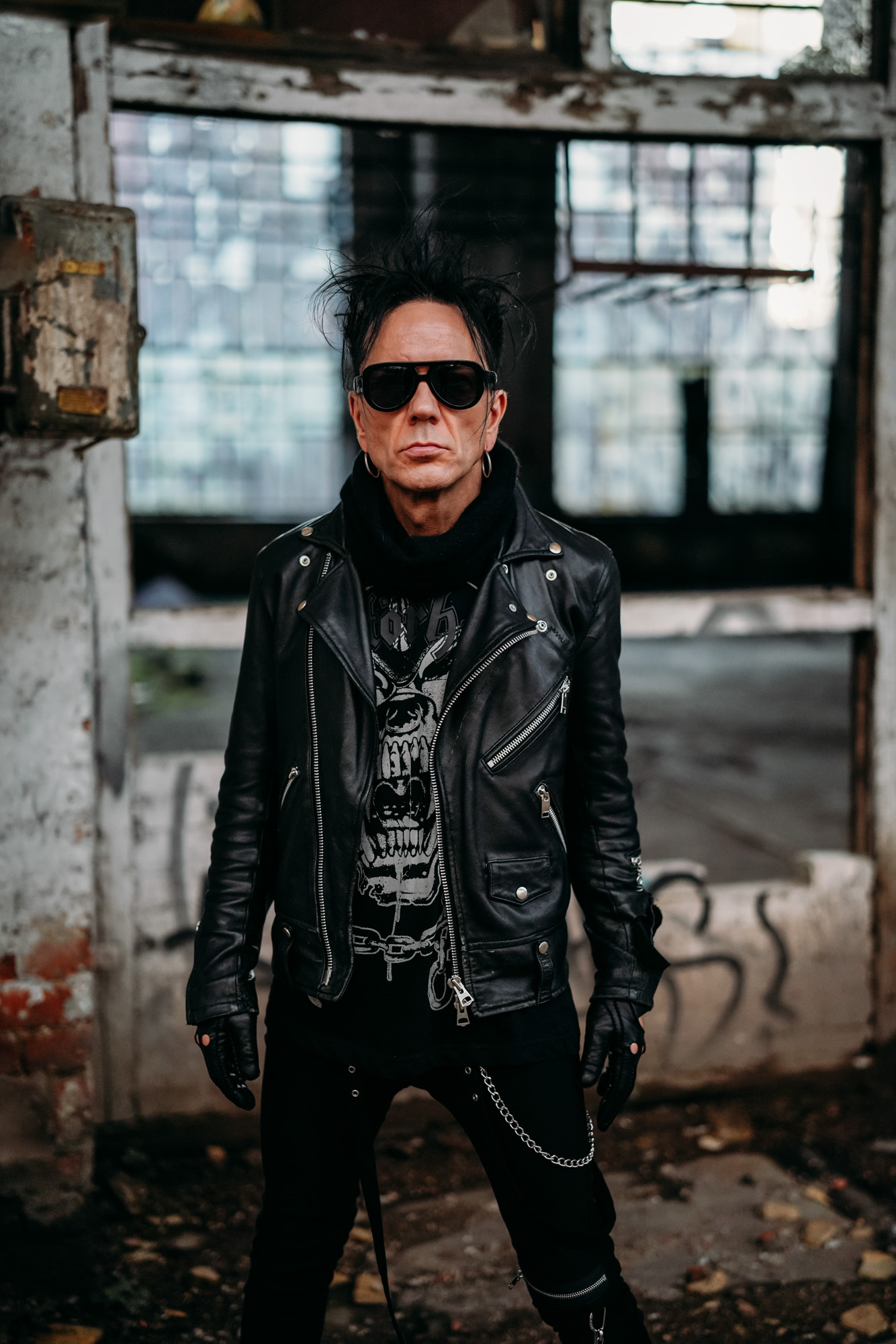
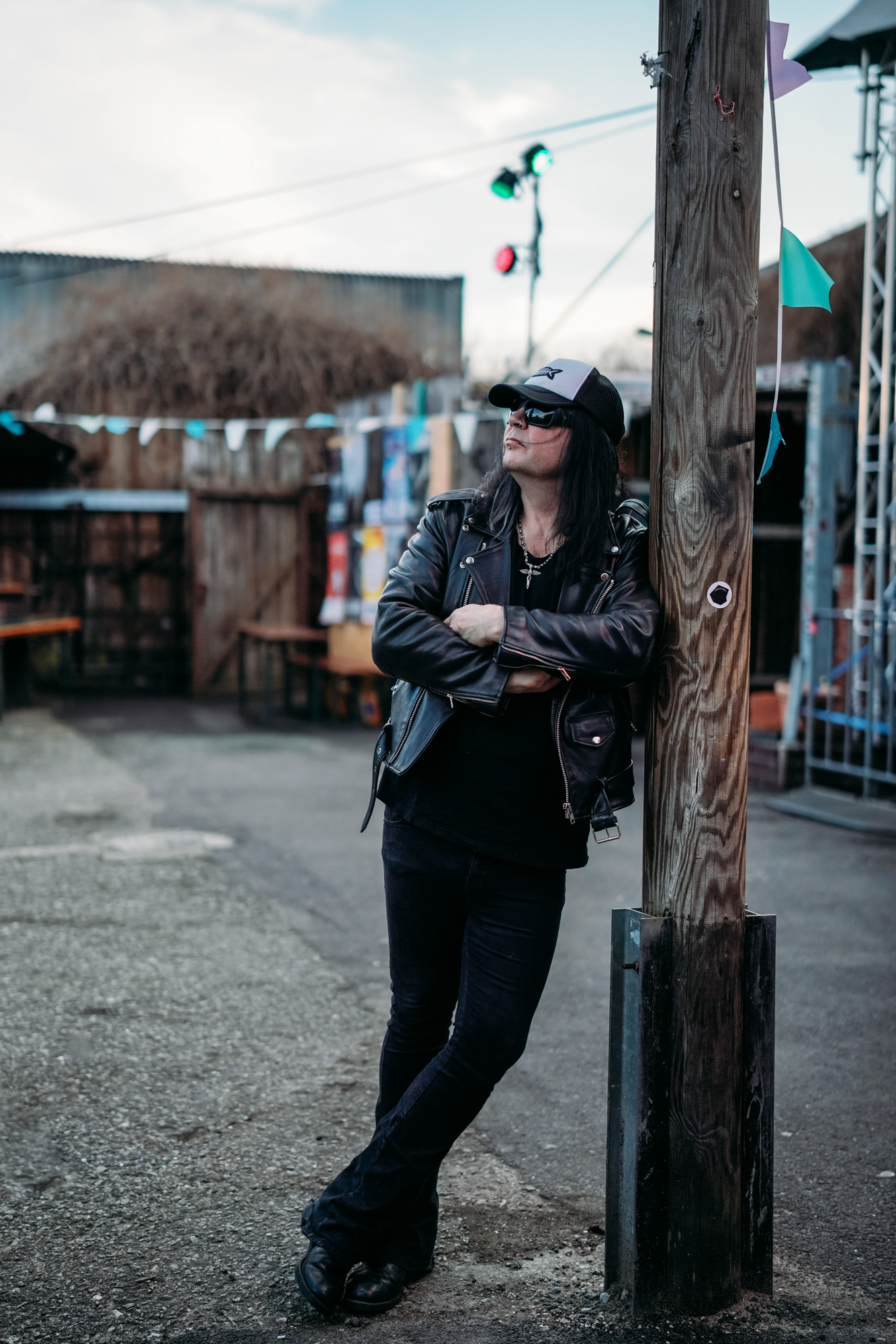
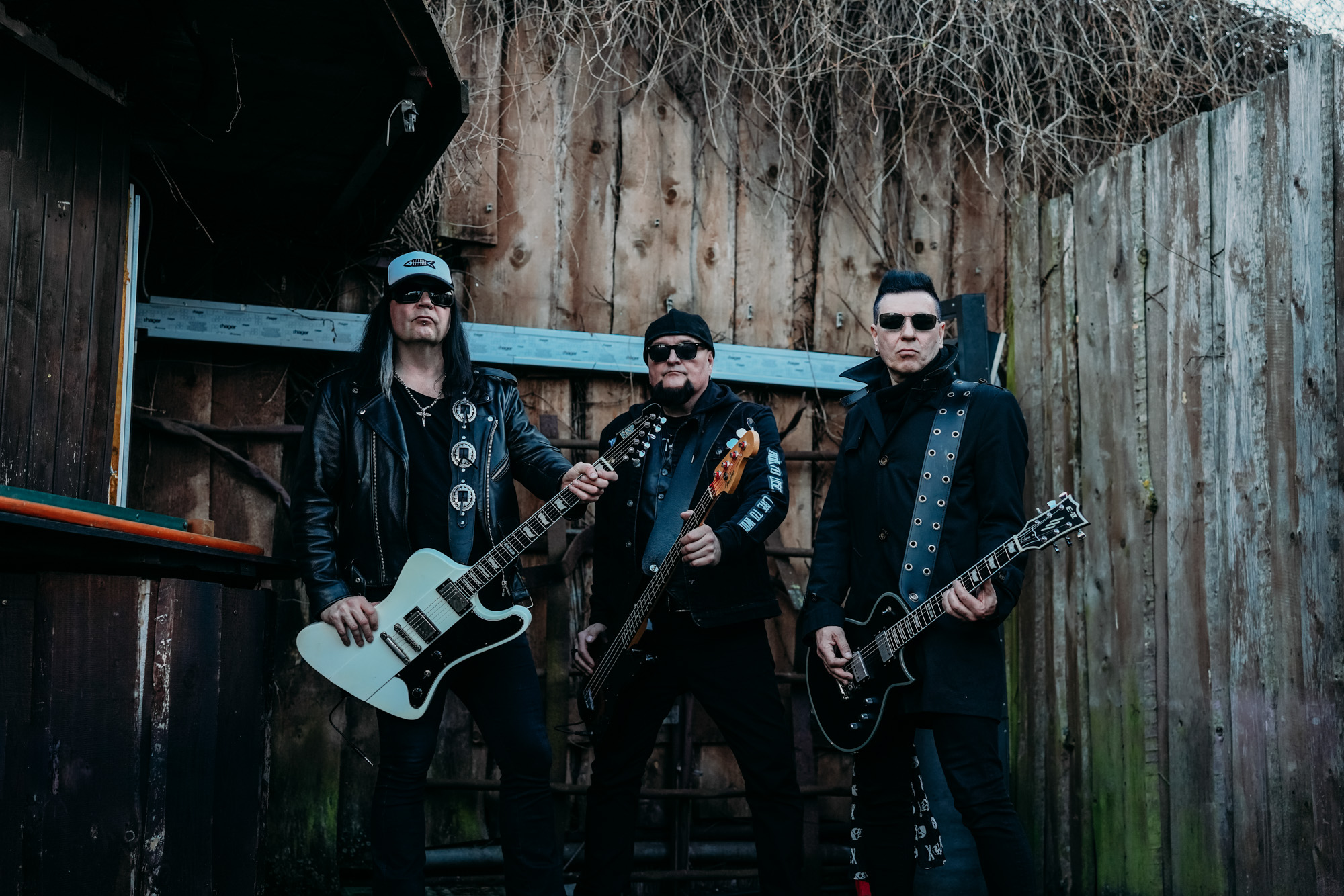
Next, this lens has a autofocus lock (AFL) button which you can program to various functions in the camera. I think that this is one of the most fundamental displays of the advancement of mirrorless technology (and how program-oriented designs are these days) because you can truly customize this nifty button into anything you need it to be. For me, this ranges from Silent Shooting all the way to Eye AF. I usually have it on Eye AF because there are so many scenarios in music where I want to switch this: sometimes eye tracking is great and other times, not so great. When I’m wanting to focus on just the instruments as they’re swinging about on stage, I don’t want eye tracking to divert focus to the face.

To backtrack just a little bit, this lens has another handy feature that I wanted to mention: superb weather sealing. Although we did not experience much inclement weather on this tour, I was actually in England for a couple of weeks prior to hopping on the road, where the weather has a reputation for being a bit dreary.
In the UK, I explored a lot of cool spots with my new favorite lens and we did experience Britain’s famous rain and moisture. One of my days out was to a druid temple deep in the woods, and this lens performed superbly amidst the dampness and overall icky weather (coming from a US west coast dweller over here). I would definitely feel comfortable taking this lens out in much more severe conditions, knowing that it is designed to be well-protected from the elements.
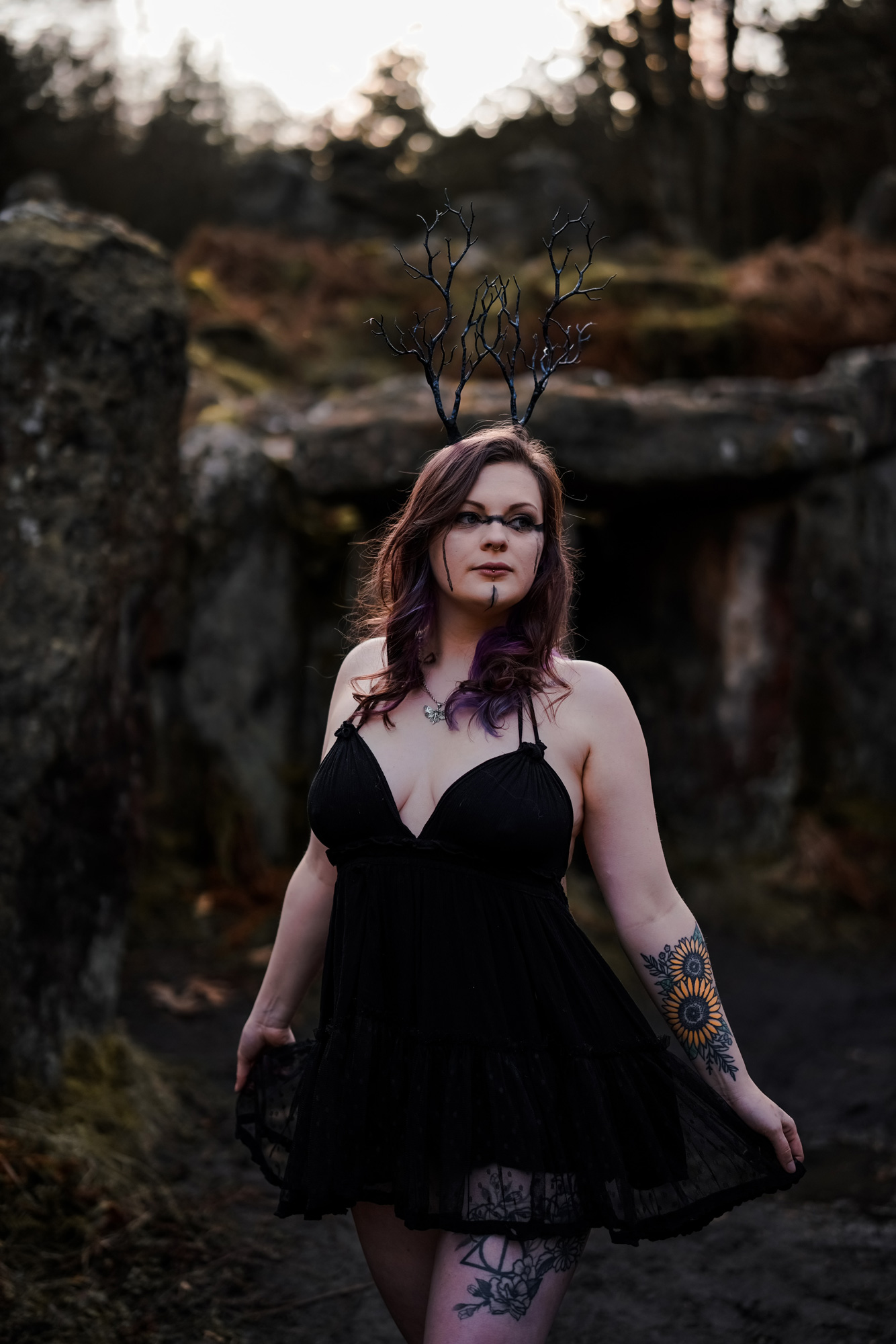
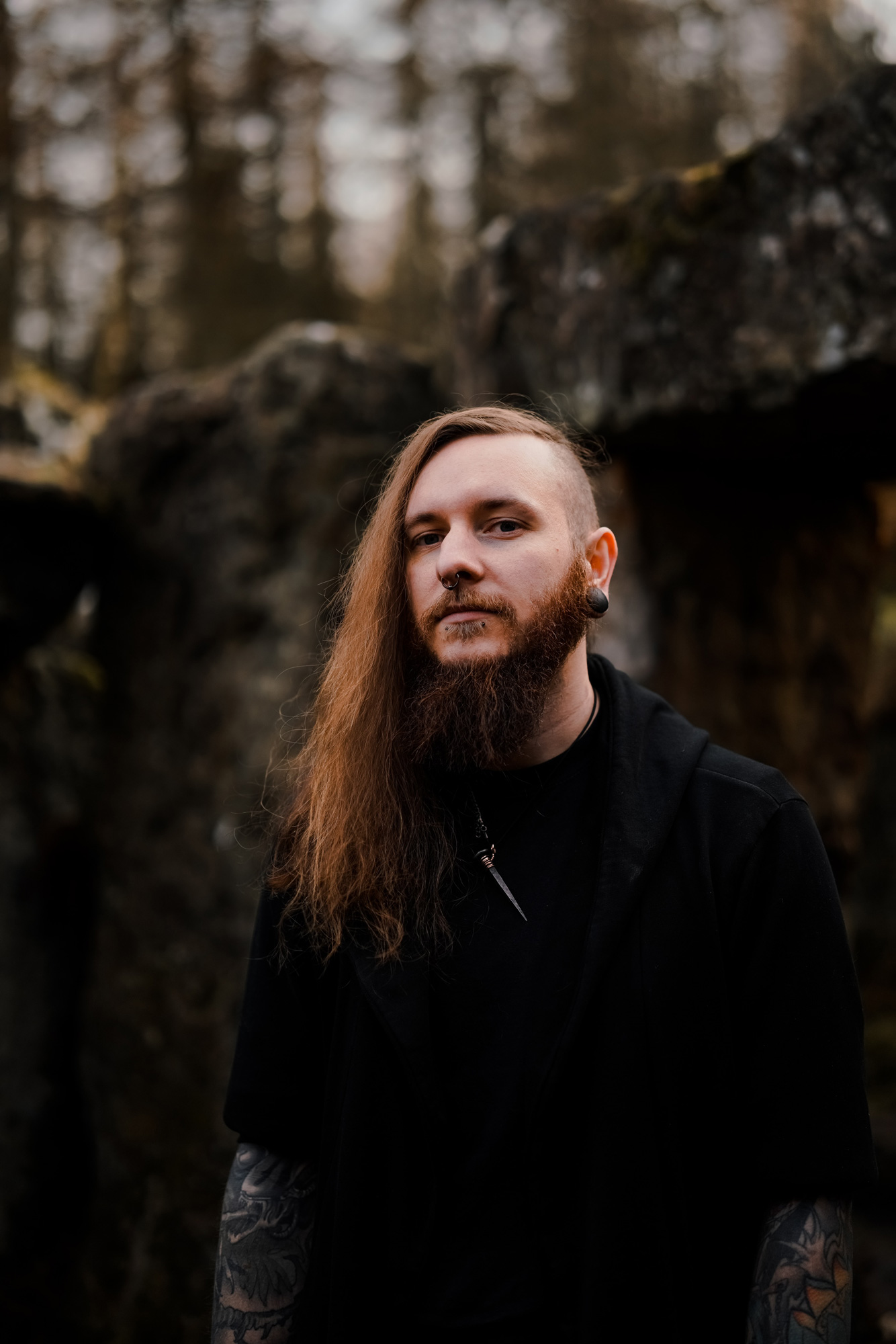
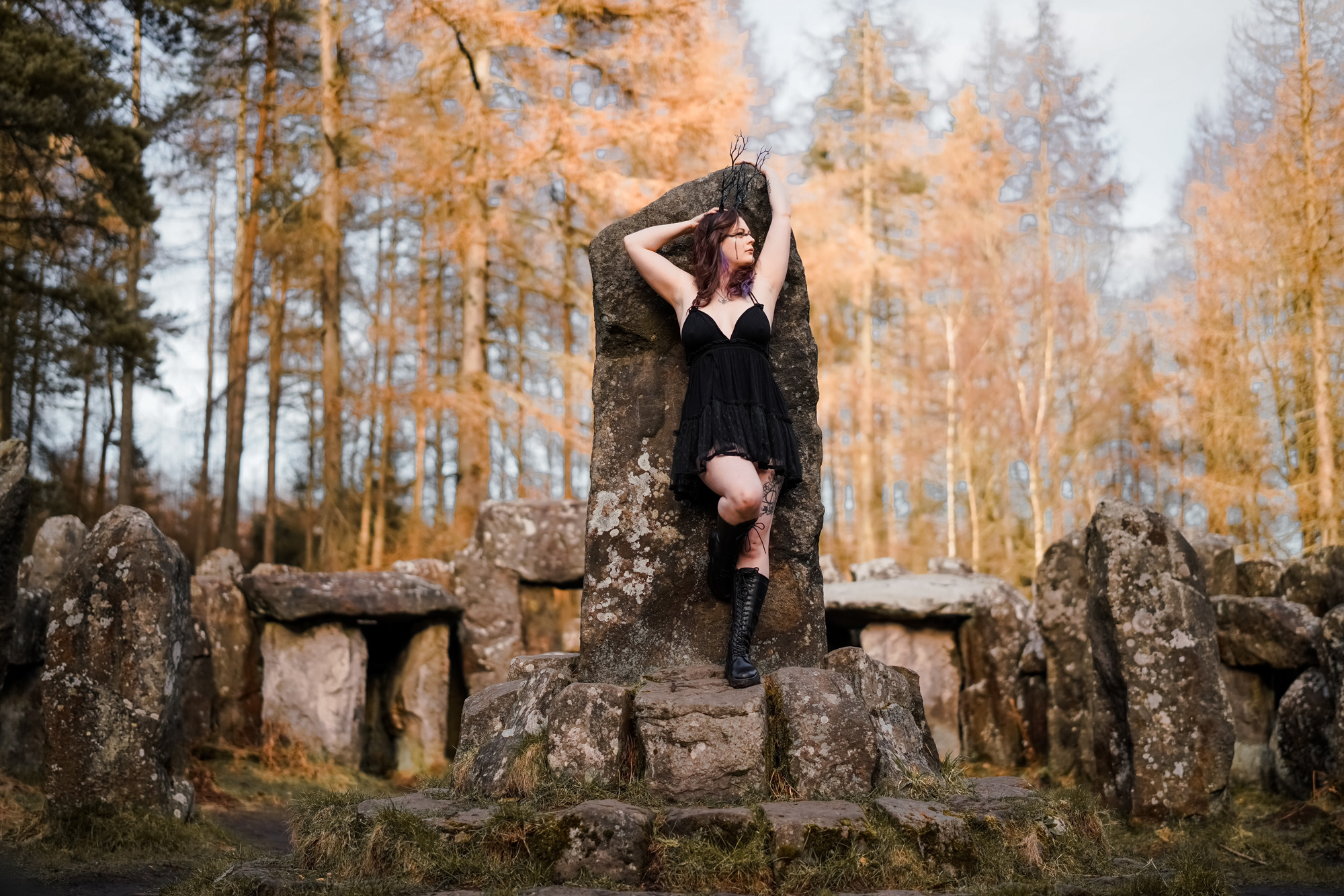
Versatility of the 50mm Focal Length
Coined “nifty fifty” for a reason, the versatility of this particular version of the beloved focal length had become incredibly useful during this tour.
The extremely tight schedule, plus the ever-changing nature of locations and situations, means there’s very little time to worry about your gear or set up a shot. As a tour photographer, you always have to be ready to shoot. Tour managers only give you a few minutes with their artists before they have to run off and do something else, so having one lens that can carry the bulk of the work, both on stage and off, saves the photographer a lot of time and (probably) years of their life with stress.
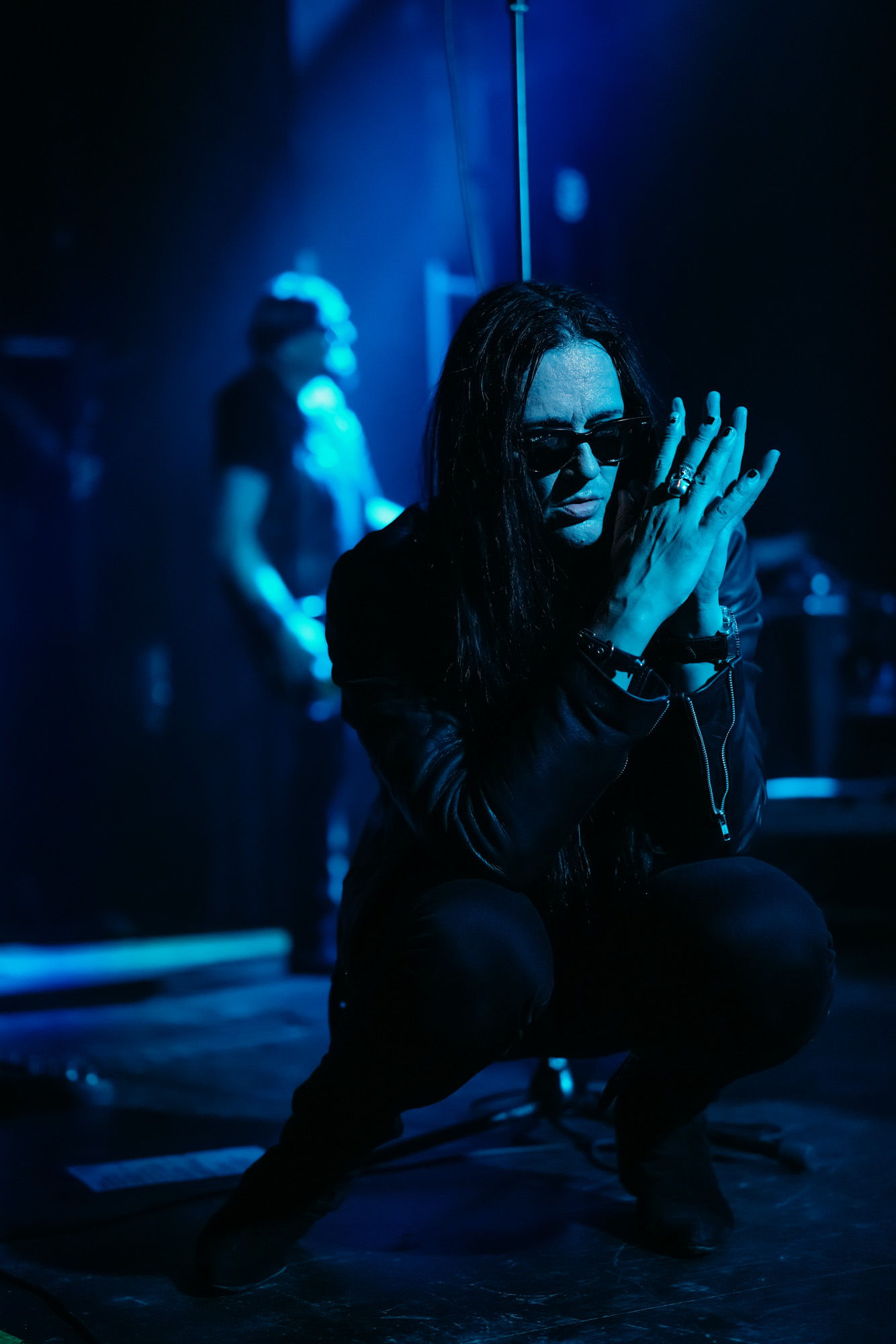
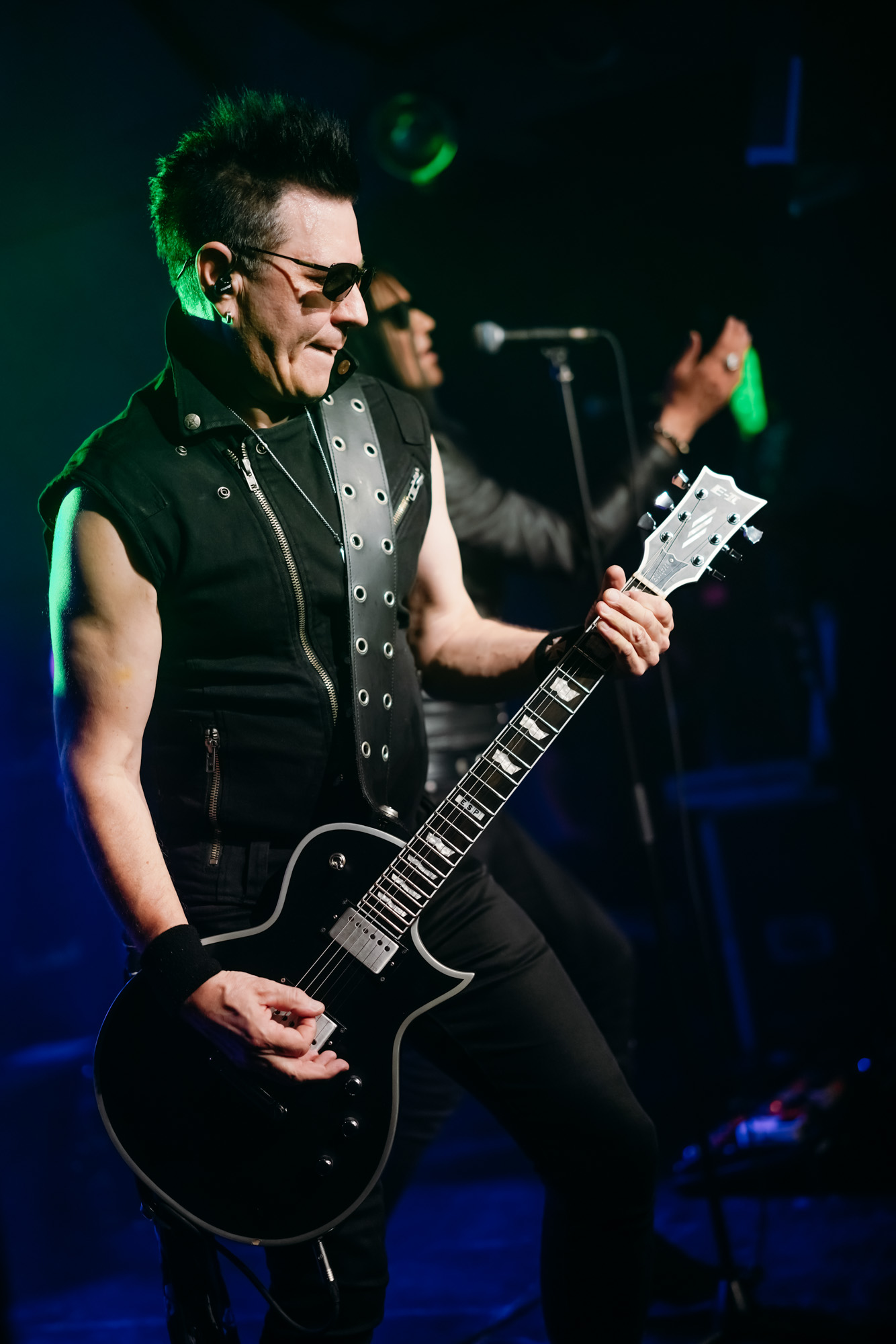
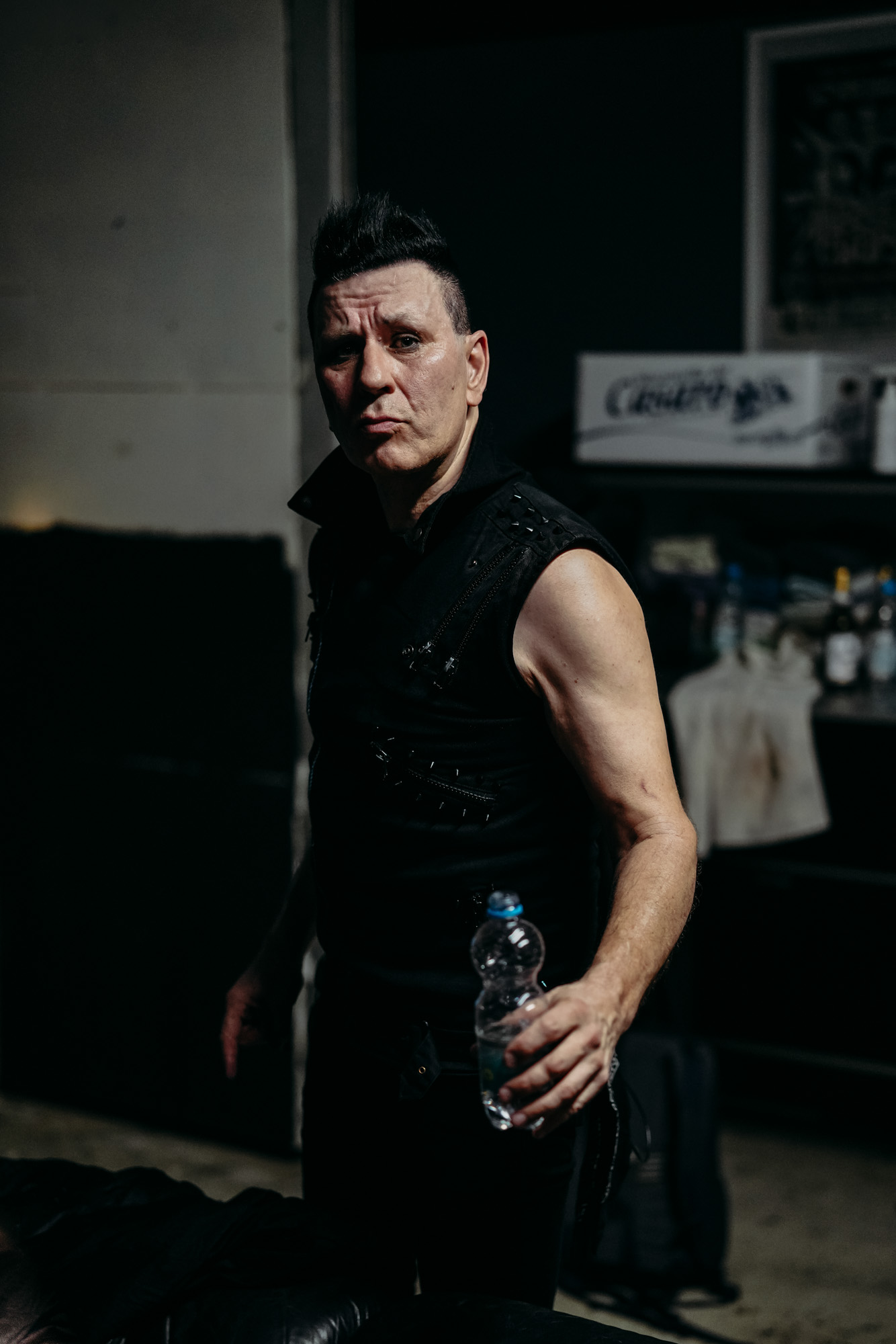
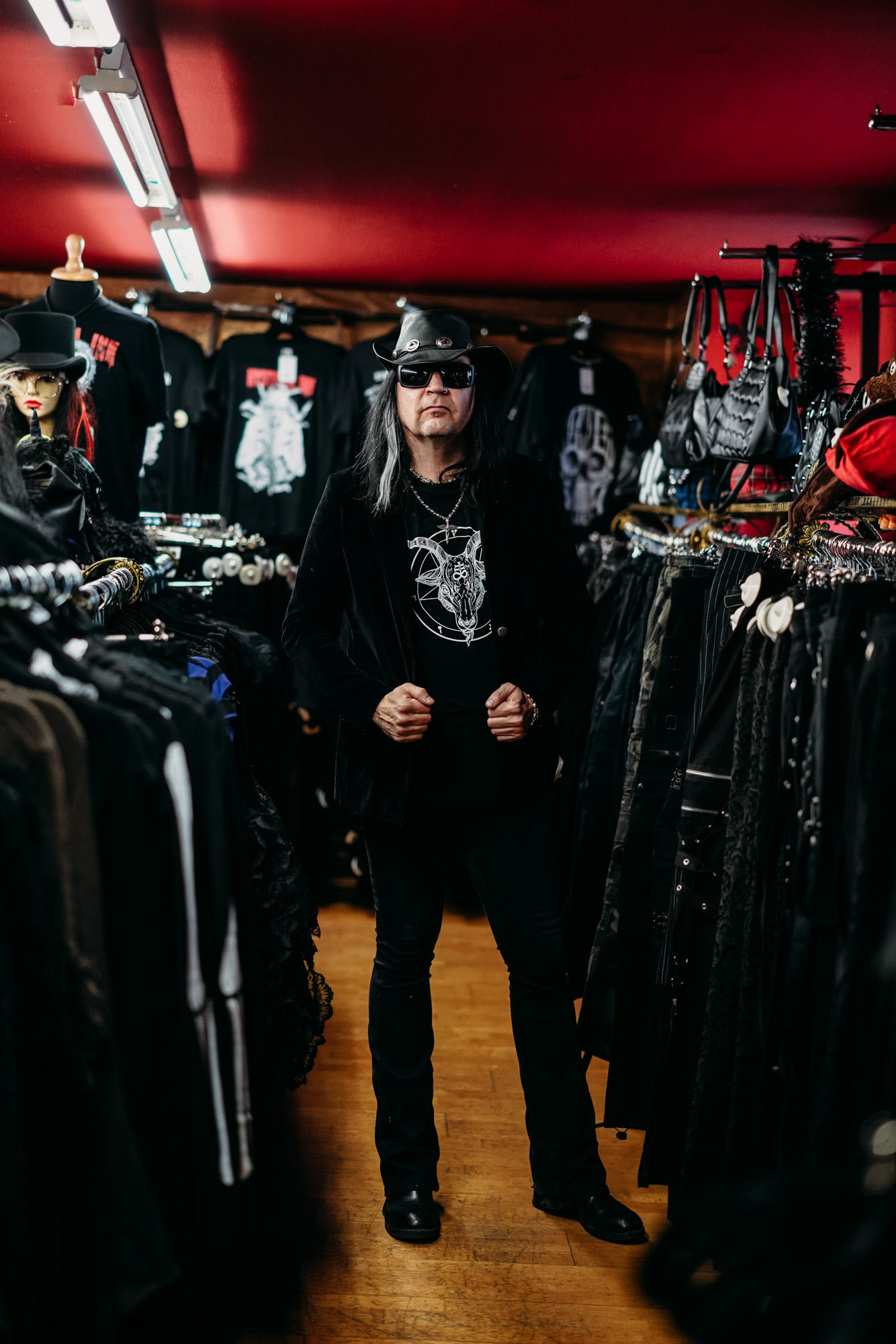

As a matter of fact, spontaneity and speed is crucial for live concerts, too. There were many moments where the frontman would spontaneously jump into the crowd to sing, and this lens helped me capture that moment and isolate him amongst the sea of people.
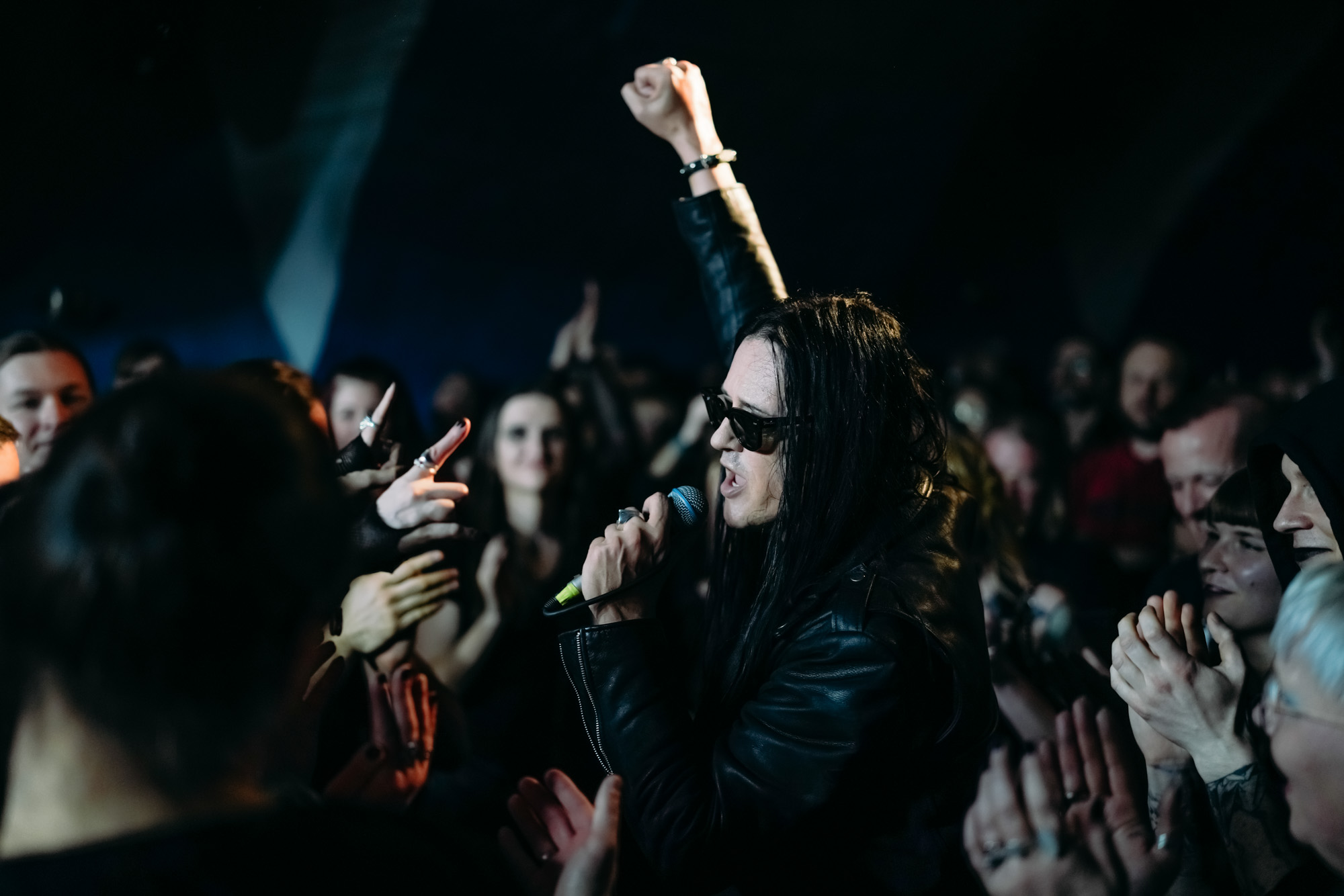
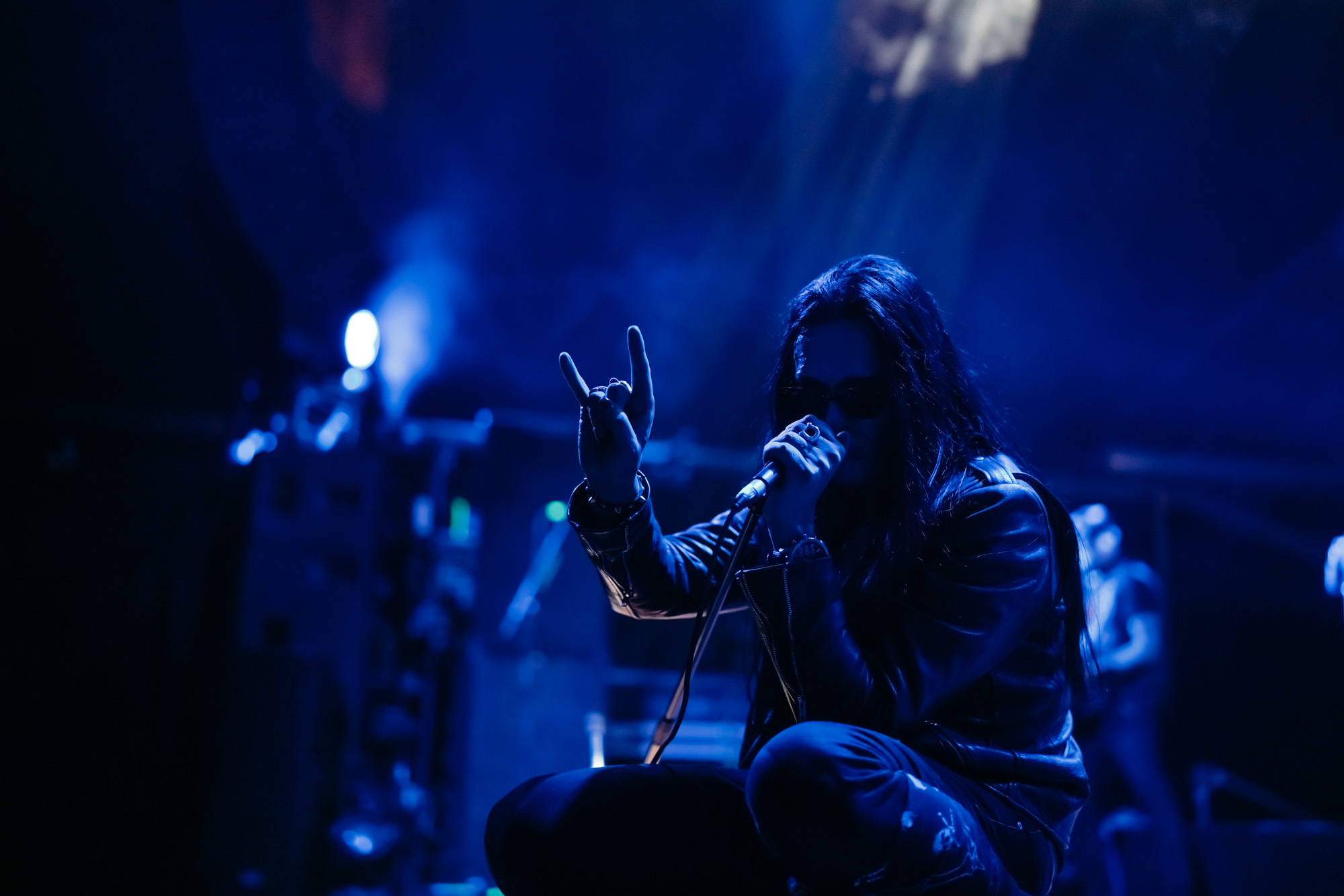
A lens that can easily adapt to a variety of needs is a big deal, and the 50mm focal length does just that. Once more, the lack of distortion on the subject’s proportions help ensure that the people you photograph look as they should (without needing to mentally note the distortion, such as with very wide angle lenses) and the perspective view of that focal length looks very natural. On the psychology of photography, the 50mm field of view is very easy to take in as a viewer, reminiscing upon what the eye sees.



From portraits to behind the scenes, to shots of the musicians performing on stage all the way to detailed closeups that tell a story, the SIGMA 50mm F1.4 DG DN | Art truly is an adaptable workhorse. Because of this, you can capture quite the array of images in such a short window of time! I can’t think of a single photo genre that you couldn’t adapt this focal length to, truth be told.
The Daily “Goth Walks”
The first few dates of the tour proceeded as a pretty normal daily schedule; load in, food, coffee, a portrait snap or two around the venue, more coffee, soundcheck, food, showtime, off to the next town.
But after a few successful shows, the band began to explore further from the city centers, starting with our stopover in Nuremberg (Nürnberg), Germany. Aptly coined “goth walks” by frontman Jyrki, these daily excursions not only provided great photo opportunities, but they helped the members of The 69 Eyes (and the accompanying crew) become more familiar with each location and its history. Hours in Vienna, driving through Budapest, wandering the streets of Prague – few stones were left unturned as we navigated thousands of years of history in one day.

These walks really demonstrated the band’s commitment to each city visited. This enthusiasm was reflected on the band’s social media accounts, as images were immediately edited and shared with an outpouring of support from fans, further cementing the bonds between band and fans.
What does this have to do with the SIGMA 50mm? Well, traversing the streets of cities I was not familiar with meant that I had no forethought on what I was to encounter at each stop. As much as the Finnish (and most of Europe as a whole) are comfortable with very long walks from place to place, this little American is certainly not – so to keep up with their stamina, I needed to carry a lot less. Easiest way to tackle all of this? One versatile lens that can do it all!

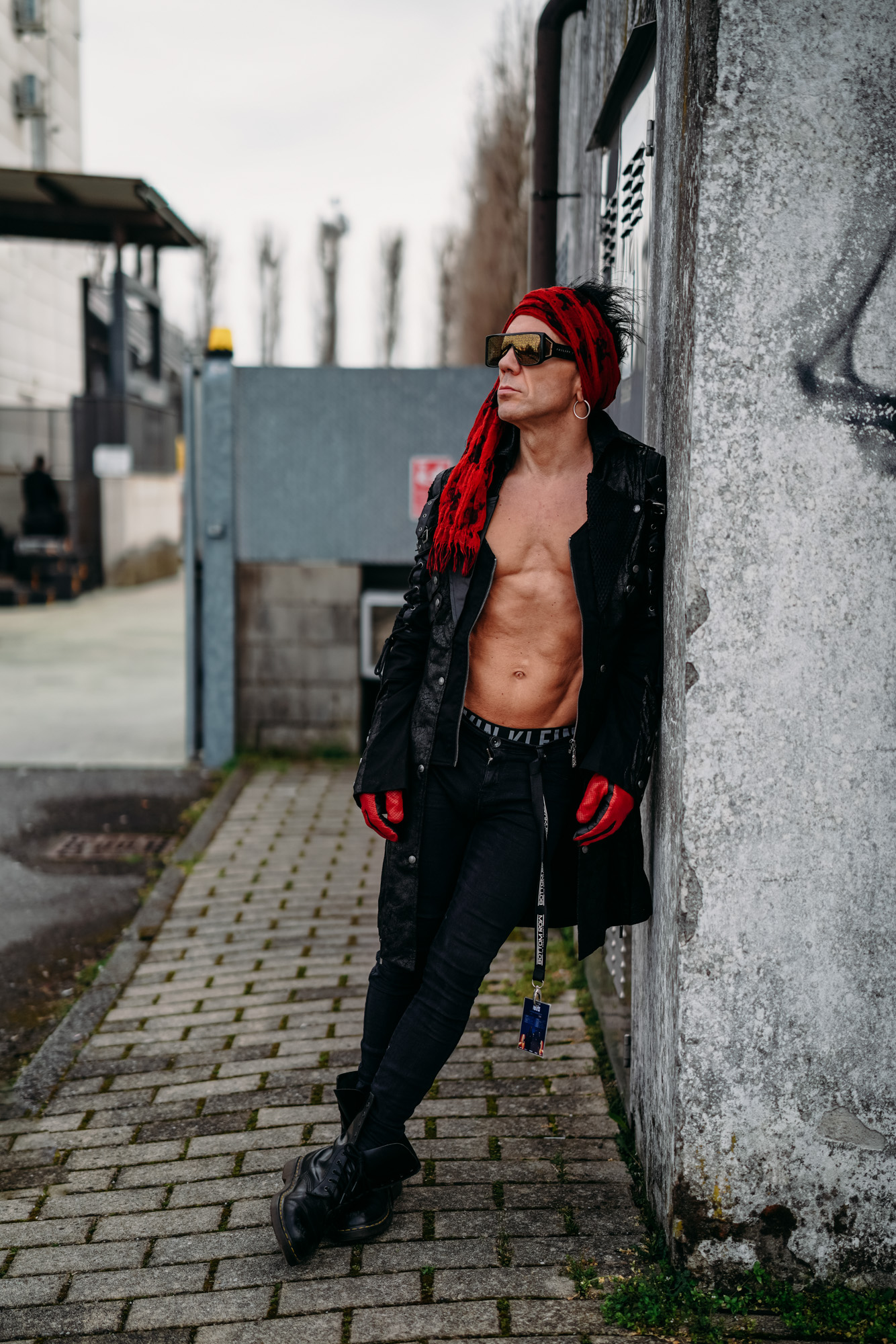
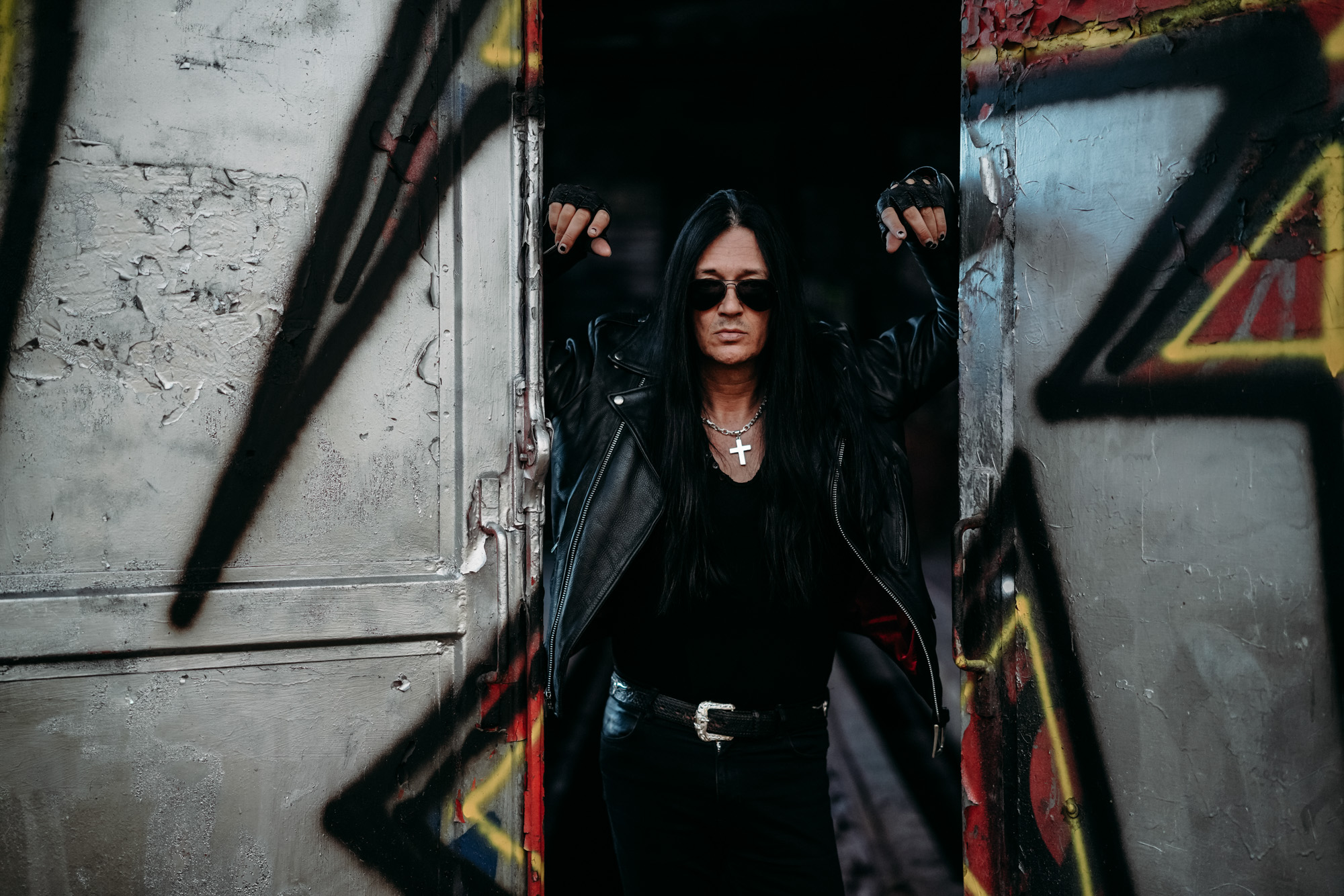
Plus, we very often found our goth walks to take up a lot of time during the day – so once we got back to the venue, it was crunch time! Having a lens that could quickly adapt to the shooting conditions inside of a venue made my life a whole lot easier. It’s time to rock!
Image Quality and Performance
As someone who prides the quality I offer my subjects, I can already tell you that this lens wouldn’t have found itself on my camera body so often if it didn’t deliver to my standard. This is especially prevalent in the touring world, as you really don’t have any leeway to not create perfection each evening – because so much of the content produced goes hand-in-hand with building the hype of the next show.
As a music photographer, you’re there to help bring the band’s vision to life (of course) but you’re also there to help the subject in their own career endeavors. A high-quality image has a direct correlation with the public’s interest in the band.
Pair this with our photographer’s natural propensity to pixel-peep and over analyze every shot we take… and that’s where using gear of the utmost image quality and performance becomes a necessity. The SIGMA 50mm F1.4 DG DN | Art offers edge-to-edge sharpness, even at its widest aperture, meaning that my subjects are sharp anywhere in the frame. This high resolution from the center to the periphery opens me up to more creative photo-taking possibilities.
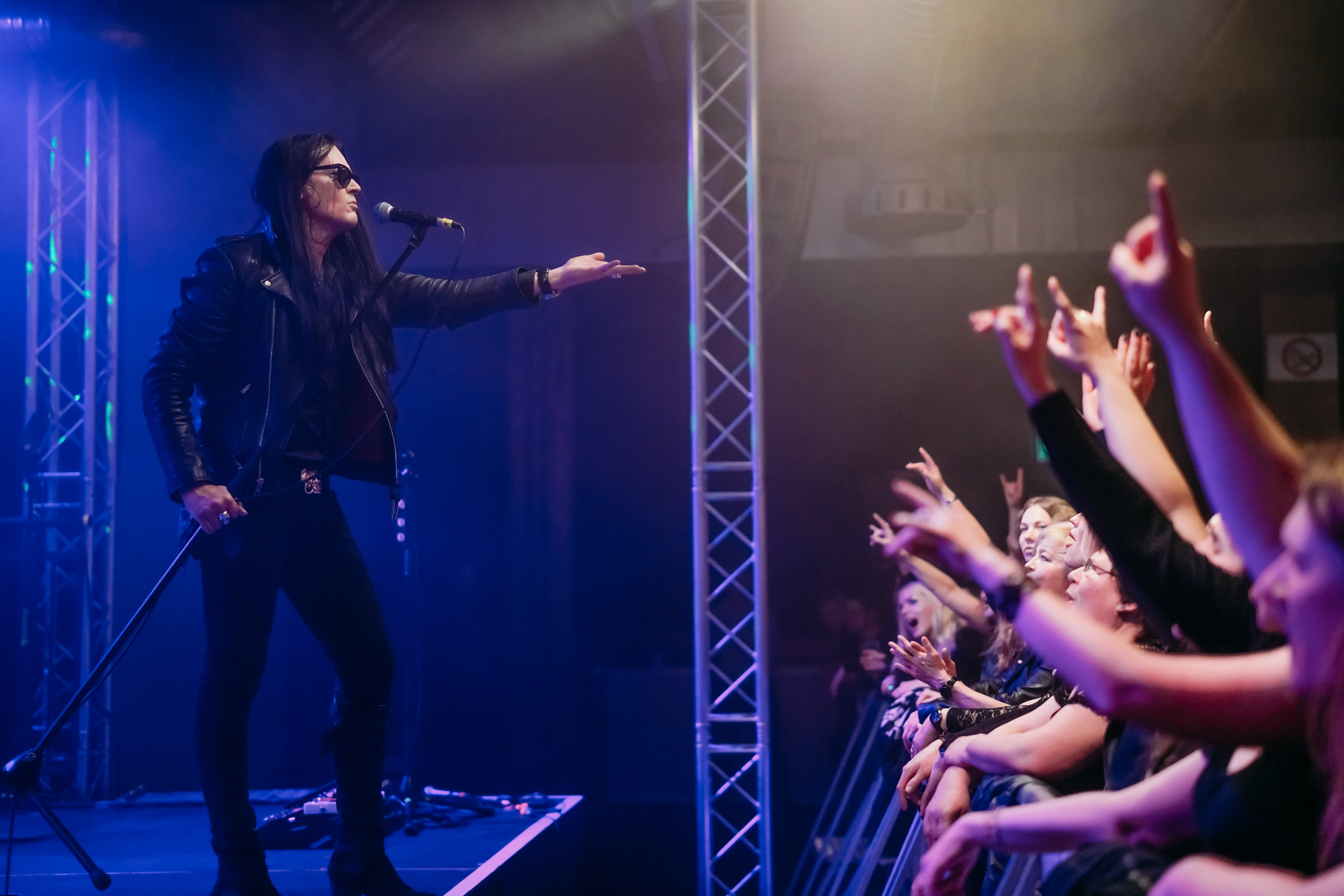
Not to get all technical on you, but this lens’s high-speed autofocus with the High-response Linear Actuator (HLA) motor also did wonders for my entire trip. The band was jumping around on stage and the lens kept up the entire time, not even dropping focus once! I was beyond impressed with this – and it took a lot of the pressure off each time the boys got on stage. Truth be told, the AF performance alone is enough to convince me to use this lens a majority of the time; the other features are all just mega bonuses!


Also, the autofocus is extremely quiet – not really something important for music photography, but this does play a role in animal photography. As I mentioned, I was in the UK prior to this tour, and part of that time was spent photographing my friend’s sphynx cat, Dwimmer. The silent autofocus paired with the silent shooting option on my camera made his cat very comfortable and helped me capture some great moments.
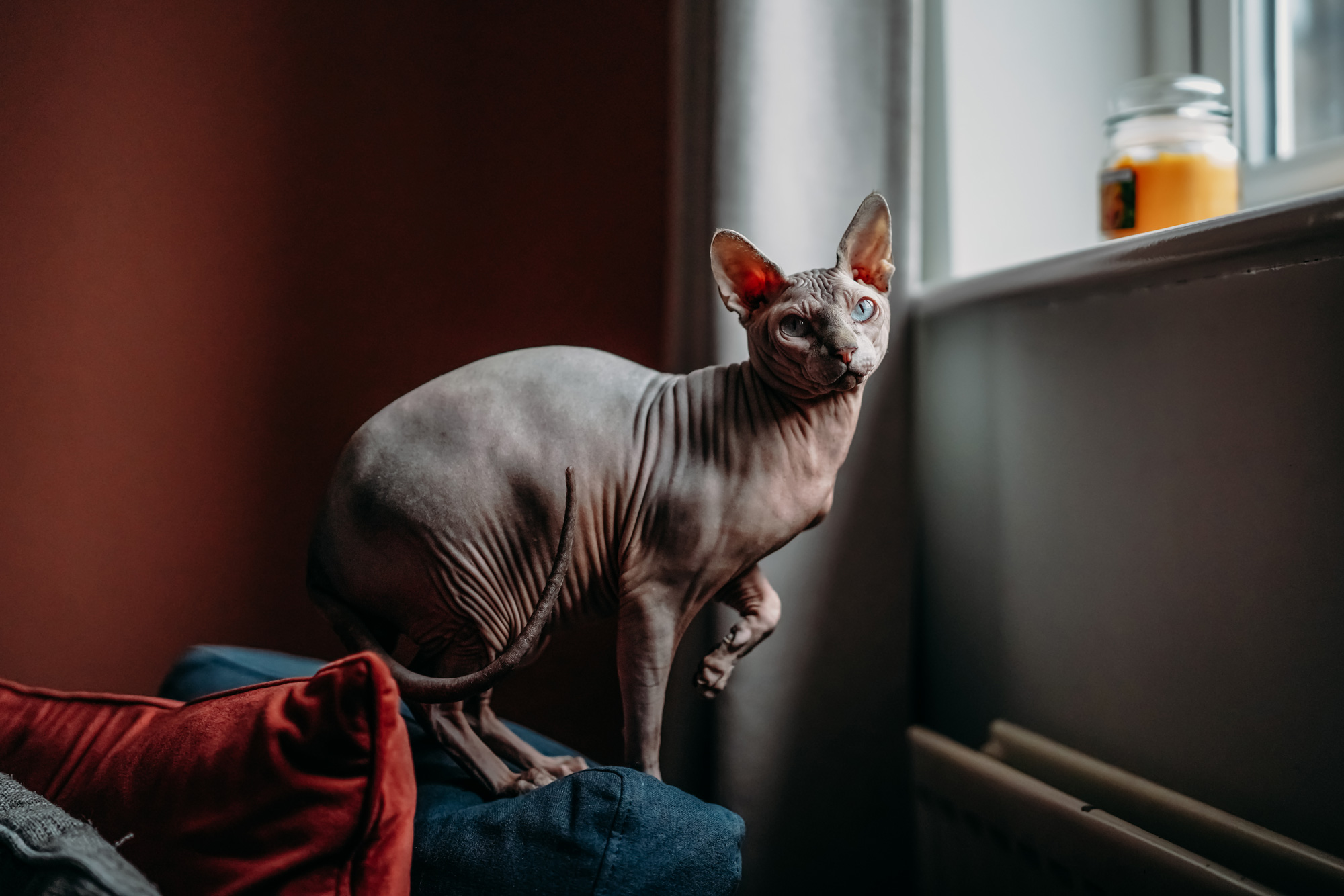
Another important aspect of this lens was its low-light capability. Some of the stage lighting was rather dark to set the mood and tone of certain songs. The F1.4 aperture made sure this wasn’t an issue, as it let in a great amount of light and maximized whatever light source was present at the time. Another way to help make concert shooting so much easier! This is a big reason that this niche of photography really is so heavily gear-dependent, because wide apertures truly make a big difference. Pair that with the creamy bokeh produced at F1.4 and it was easy for me to ensure that each band member had their time in the spotlight and were well-isolated from the rest of the visual chaos on the stage.
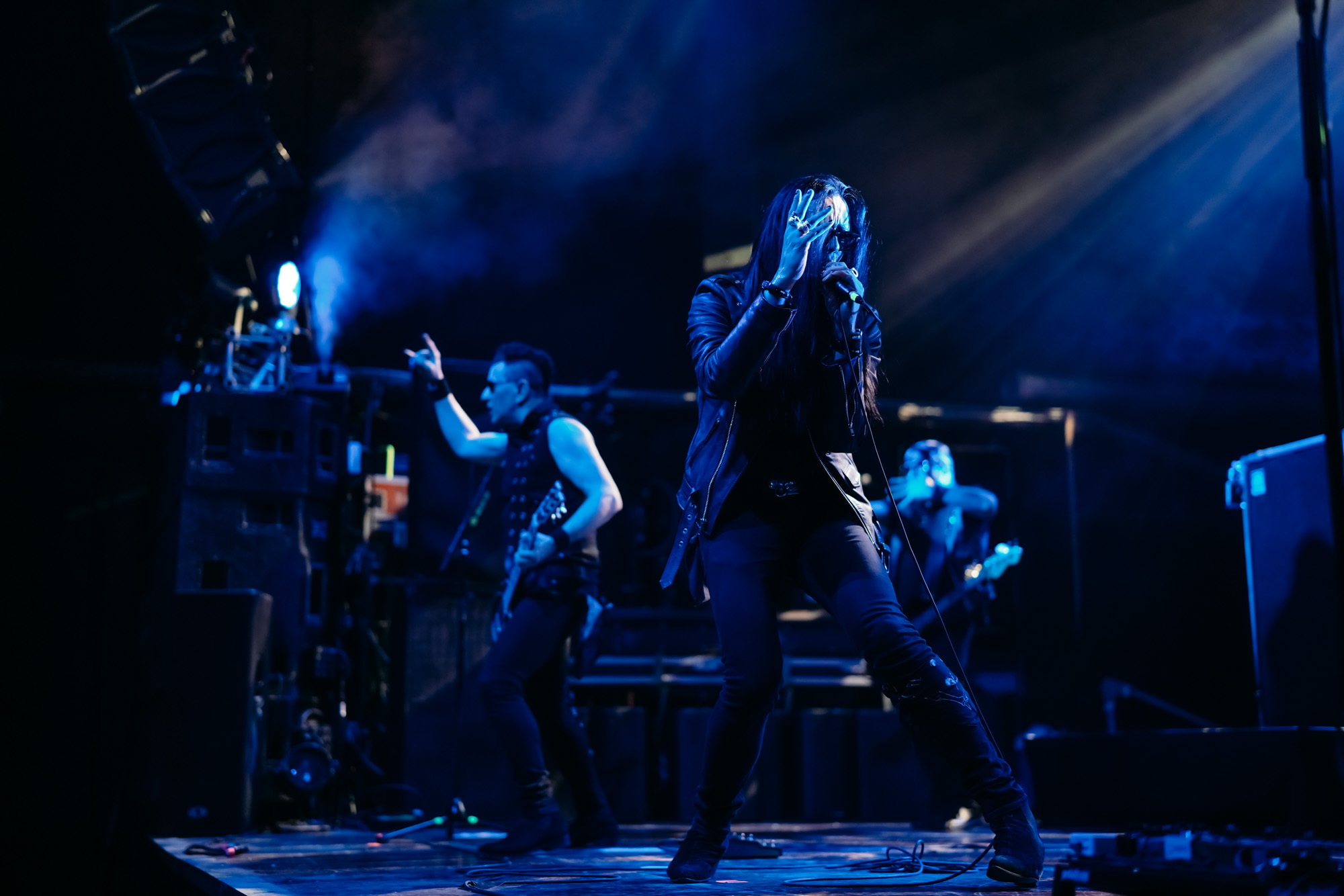

Final Thoughts
After three weeks of making the SIGMA 50mm F1.4 DG DN | Art a new member of my gear family, this glass is definitely here to stay – and I’ve already used it a slew of times for my other shoots since getting back home!
All I can say is, if you want a prime lens that is able to quickly adapt to whatever shooting scenario you are faced with (from low-light performances to portraits on the street), this is definitely a strong contender for being the ultimate walkaround model. Not only does it deliver incredible quality that remains consistent across the whole frame, its attractive rendering further enhances the shots you take. To top it off, the solid construction of the weather-sealed barrel gives it great longevity, and with its reasonable price point, this is certainly a lens that packs a punch.

Follow and listen to The 69 Eyes

